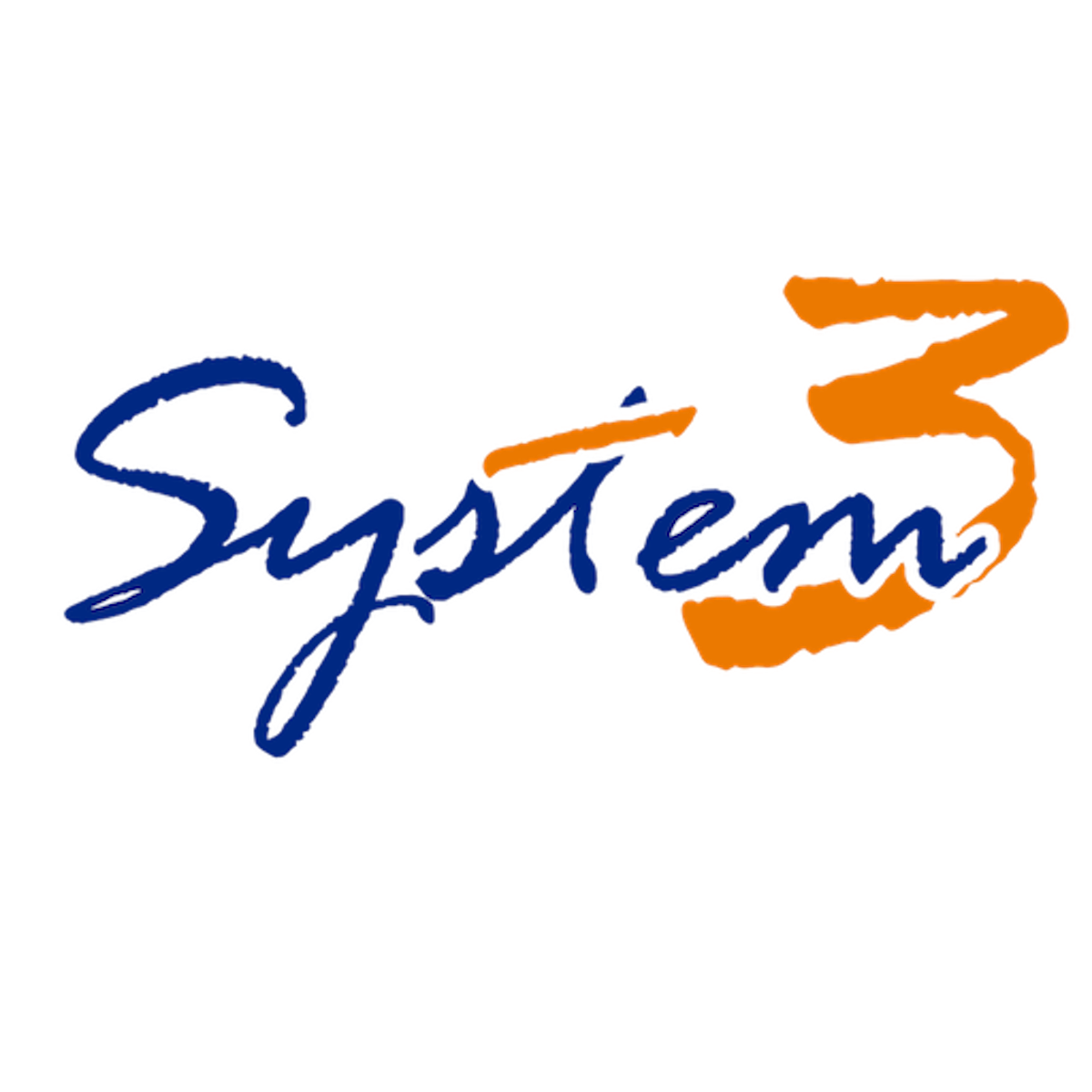The Future of Secure Data Management: A Deep Dive into System3 Data Masking Solutions
In an era where data breaches and cyber threats dominate headlines, safeguarding sensitive information has


In today’s increasingly digital world, cybersecurity is more critical than ever. Among the various types of cyber threats, brute force attacks are among the most persistent and damaging. These attacks can compromise the security of your network, leading to significant data breaches and financial losses. This blog explores how you can identify brute force attacks and the role System3 plays in securing your network against such threats.
Brute force attacks involve cybercriminals attempting to gain unauthorized access to your network by systematically trying every possible password or encryption key until they succeed. Recognizing the signs of a brute force attack is crucial for timely intervention.
Signs of a Brute Force Attack
Repeated Login Attempts: One of the most common signs is a high number of failed login attempts within a short period. This suggests that someone is trying to guess passwords by trial and error.
Sudden Spikes in Network Traffic: A brute force attack often generates a significant amount of traffic, as numerous login attempts are made simultaneously. Unusual traffic patterns can indicate an ongoing attack.
Unexpected Account Lockouts: Many security systems lock accounts after a set number of failed login attempts. If users report being locked out unexpectedly, it may be due to a brute force attack.
System3 offers comprehensive solutions to protect your network from brute force attacks and other cybersecurity threats. Our approach combines advanced technology with proactive monitoring to keep your business safe.
Comprehensive Network Security Solutions
System3 provides state-of-the-art security measures, including firewalls, encryption protocols, and intrusion detection systems. These tools help prevent unauthorized access and protect sensitive data.
Proactive Monitoring and Support
Our team offers 24/7 monitoring services, ensuring that any signs of a brute force attack are detected and mitigated in real-time. This proactive approach minimizes the risk of successful attacks and keeps your network secure.
Custom Security Strategies
Every business is unique, and so are its security needs. System3 tailors its security strategies to address the specific vulnerabilities and requirements of your network, ensuring maximum protection against brute force attacks and other threats.
Effective Strategies to Prevent Brute Force Attacks
Preventing brute force attacks requires a combination of best practices and advanced security measures. Here are some strategies to implement:
Strong Password Policies
Encourage the use of complex, unique passwords that are difficult to guess. Passwords should include a mix of letters, numbers, and special characters. Additionally, consider using a password manager to generate and store secure passwords.
Multi-Factor Authentication (MFA)
Implementing MFA adds an additional layer of security by requiring users to provide two or more verification factors to gain access to their accounts. Even if a password is compromised, MFA can prevent unauthorized access.
Rate Limiting and Account Lockouts
Limiting the number of login attempts from a single IP address can slow down brute force attacks. Implementing account lockouts after a certain number of failed attempts can also help deter attackers.
Regular Security Audits
Conduct regular security audits to identify and address vulnerabilities in your network. These audits should include a review of your password policies, authentication methods, and security protocols.
Understanding brute force attacks and implementing effective strategies to prevent them is essential for safeguarding your network. System3 is committed to providing the tools, expertise, and support needed to protect your business from these and other cyber threats.
By partnering with System3, you can ensure that your digital assets remain secure, allowing you to focus on growing your business with peace of mind.